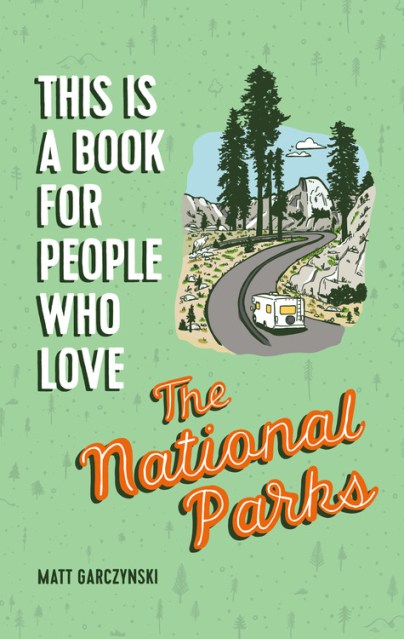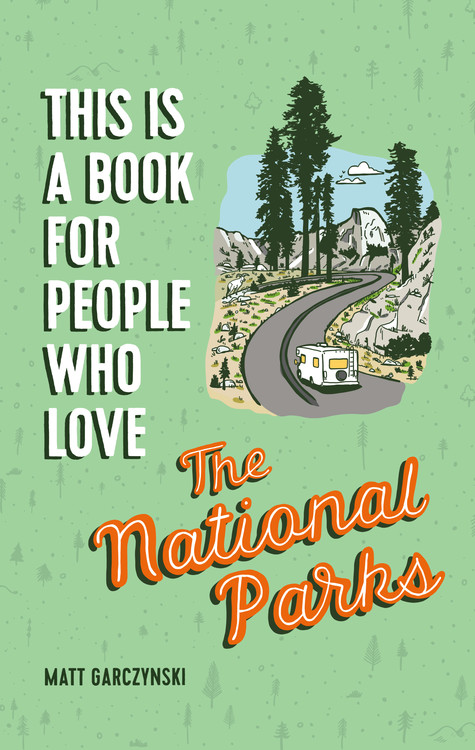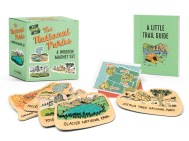Promotion
Use code MOM24 for 20% off site wide + free shipping over $45
This Is a Book for People Who Love the National Parks
Contributors
Illustrated by Brainstorm
Formats and Prices
Price
$14.00Price
$19.00 CADFormat
Format:
- Hardcover $14.00 $19.00 CAD
- Diary $14.95 $19.99 CAD
- ebook $9.99 $11.99 CAD
- Trade Paperback $9.95 $12.50 CAD
This item is a preorder. Your payment method will be charged immediately, and the product is expected to ship on or around May 5, 2020. This date is subject to change due to shipping delays beyond our control.
Also available from:
Smart, short, and irresistibly illustrated, This Is a Book for People Who Love National Parks is a park-by-park celebration of the American outdoors.
For devoted park-goers and casual campers alike, this charming guide is nothing short of a celebration of America’s natural wonders. An introduction to the storied history of the Parks Service is paired with engaging profiles of each of the sixty-one National Parks, from Acadia to Zion and everything in between. Quirky facts and key dates are woven throughout, while refreshingly modern illustrations capture the iconic features of each majestic setting. Deeply researched but not too serious, This Is a Book for People Who Love National Parks is an essential addition to every park lover’s field library.
Genre:
- On Sale
- May 5, 2020
- Page Count
- 144 pages
- Publisher
- Running Press
- ISBN-13
- 9780762469017
Newsletter Signup
By clicking ‘Sign Up,’ I acknowledge that I have read and agree to Hachette Book Group’s Privacy Policy and Terms of Use













